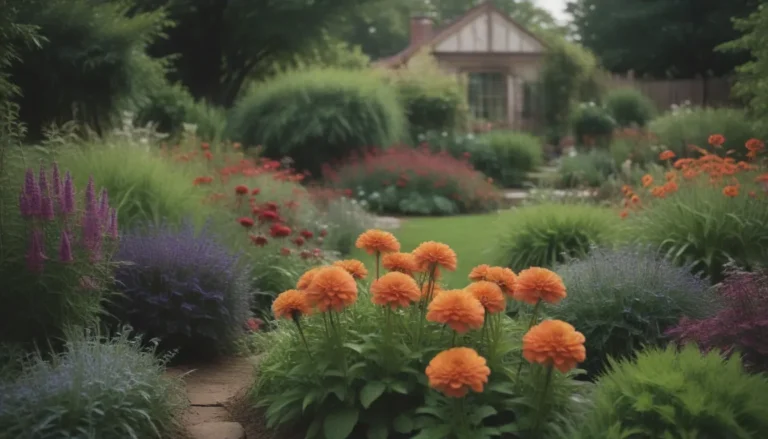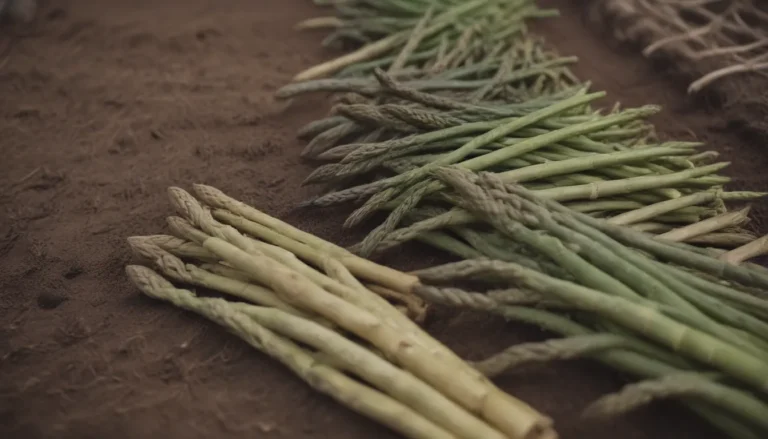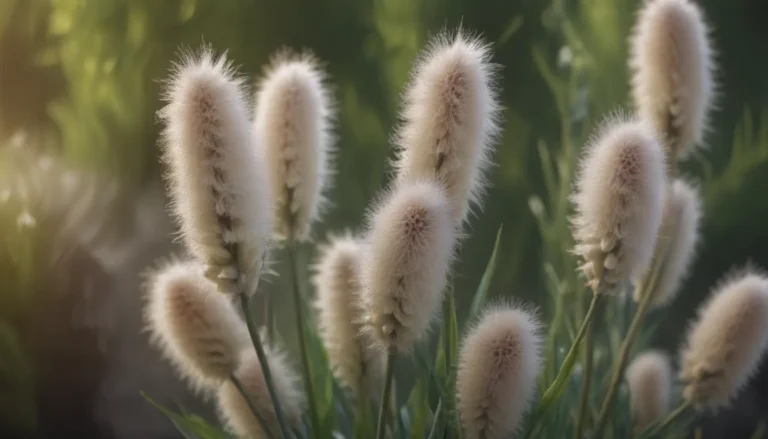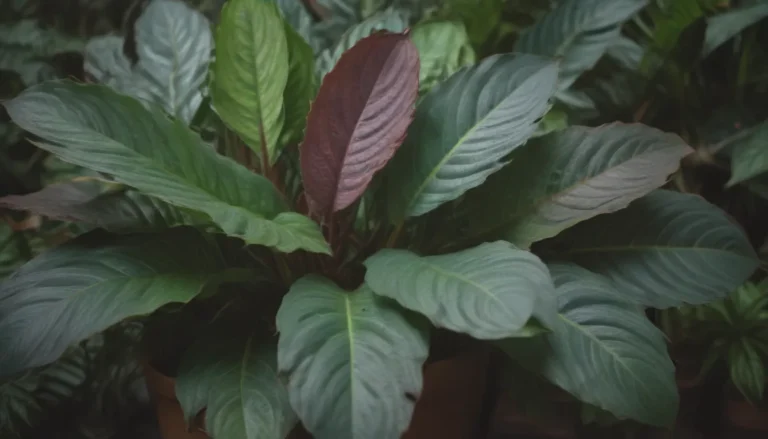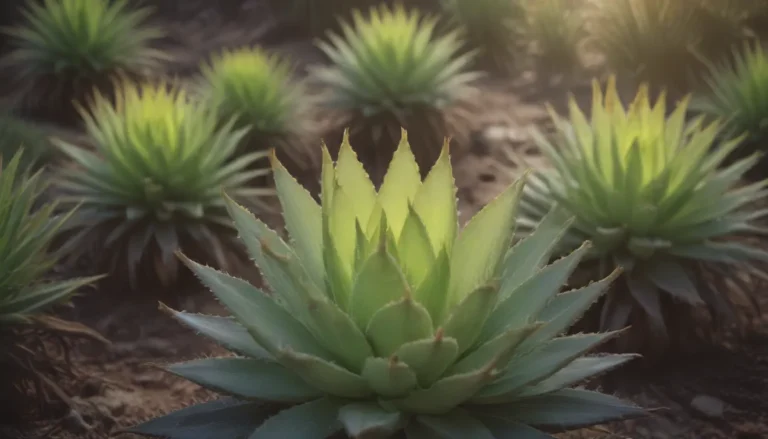Comprehensive Guide to Growing and Caring for Mexican Petunias
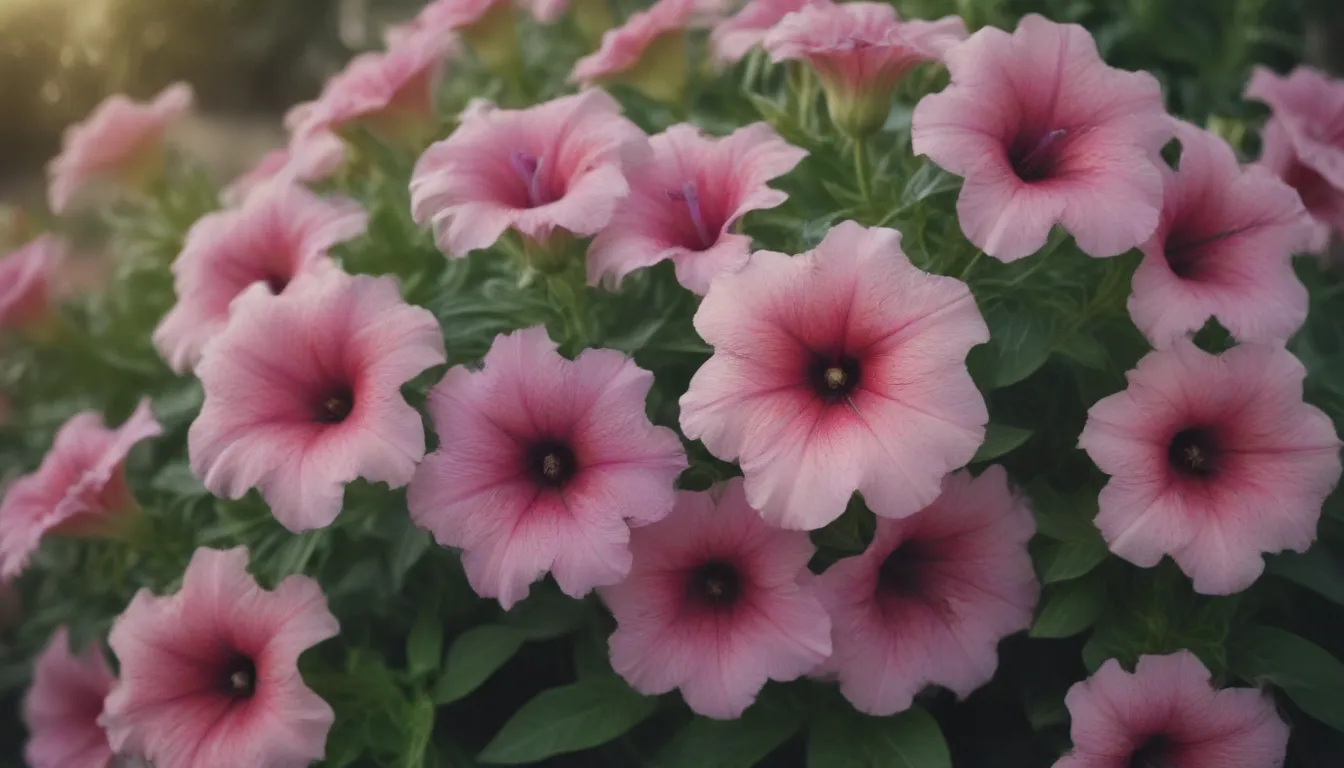
Mexican petunia, also known as Mexican bluebell, is a versatile and fast-growing perennial that produces beautiful purple flowers. Despite its name, Mexican petunia is not actually related to true petunias. These hardy plants are known for their ability to thrive in various conditions, including intense heat, high humidity, and flooding. In this comprehensive guide, we will explore how to properly grow and care for Mexican petunias to ensure they flourish in your garden.
Mexican Petunia Care
Here are the main care requirements for growing low-maintenance Mexican petunias:
Light
- Mexican petunias love sunshine and thrive in full sun.
- They can also grow well in partially shaded areas, but shade may reduce flower production.
- Plants grown in full sun will have purple stems, while those grown in the shade will have green stems.
Soil
- Mexican petunias can adapt to almost any soil type but prefer well-draining, rich soil.
Water
- These resilient plants can survive both droughts and floods.
- During the growing season, keep the soil evenly moist and water only once it begins to dry out.
- Reduce watering in winter months until the soil is dry.
Temperature and Humidity
- Mexican petunias are heat and drought-tolerant.
- They thrive in areas with high humidity and high heat, but are not frost-hardy.
- Protect them from cold weather to ensure their survival.
Fertilizer
- Fertilizer is generally unnecessary, but you can use a light all-purpose fertilizer if growing in a perennial zone.
Types of Mexican Petunia
Mexican petunias come in different varieties, each offering unique characteristics and colors. Some popular types include:
- R. simplex ‘Chi Chi’
- R. simplex ‘Mayan White’
- R. simplex ‘Katie’
- R. simplex ‘Purple Showers’
Propagating Mexican Petunia
Mexican petunias can be easily propagated through stem cuttings and rhizome division. Here’s how you can propagate them:
- Stem cuttings: use sharp, clean garden snips and a small pot with well-draining soil.
- Rhizome division: use a shovel for this method, best done in summer.
How to Grow Mexican Petunias From Seed
Growing Mexican petunias from seed is another straightforward way to propagate these plants. Here’s a simple guide to growing them from seed:
- Obtain Mexican petunia seeds.
- Sow the seeds in well-draining soil.
- Keep the soil moist until the seeds germinate.
- Provide adequate sunlight for healthy growth.
Potting and Repotting Mexican Petunias
Mexican petunias can be kept in pots, making them ideal for gardeners in colder regions. Remember to repot them regularly due to their rapid growth. Here’s how to repot Mexican petunias:
- Choose a pot that is at least two inches larger than the current one.
- Gently transplant the plant into the new pot with fresh, fertile soil.
- Water thoroughly after repotting.
Overwintering Mexican Petunias
In warm climates, Mexican petunias do not require special winter care. However, in colder regions, it’s best to move them indoors to protect them from frost. Follow these tips for overwintering Mexican petunias:
- Reduce watering when the soil is dry.
- Move plants indoors if cold temperatures are expected.
Common Pests and Diseases
Mexican petunias are generally resistant to pests and diseases. However, they may occasionally encounter tiny eriophyid mites. Follow these steps to manage pests effectively:
- Remove affected leaves and use horticultural oils.
- For large infestations, cut back the plant and discard the affected parts immediately.
How to Get Mexican Petunias to Bloom
Mexican petunias are known for their vibrant blooms, which can be encouraged through proper care. Here’s how to ensure your Mexican petunias bloom abundantly:
- Bloom Months: Mexican petunias typically bloom from May to September in most regions.
- Encourage More Blooms: Place the plant in a sunny spot and prune after blooming to promote flowering.
- Deadheading: Remove spent flowers to allow for new blooms to flourish.
Common Problems With Mexican Petunias
Despite being hardy plants, Mexican petunias may face some challenges. One common issue is brown leaves, which can be caused by cold weather. To address this problem, move the plant to a warmer location and remove damaged leaves for regrowth.
Additional Tips for Growing Mexican Petunias
- Mexican petunias are perennials and can come back every year, especially in warm climates.
- They grow well in both sun and partial shade but thrive in full sun for abundant flowering.
- Mexican petunias spread rapidly through rhizomes and self-seeding, so consider sterile cultivars to control their growth.
In conclusion, Mexican petunias are beautiful, low-maintenance plants that can enhance any garden with their vibrant blooms. By following the care tips outlined in this guide, you can grow and enjoy these versatile perennials in your own outdoor space. Keep in mind their unique characteristics and adaptability as you nurture your Mexican petunias for a flourishing garden.
